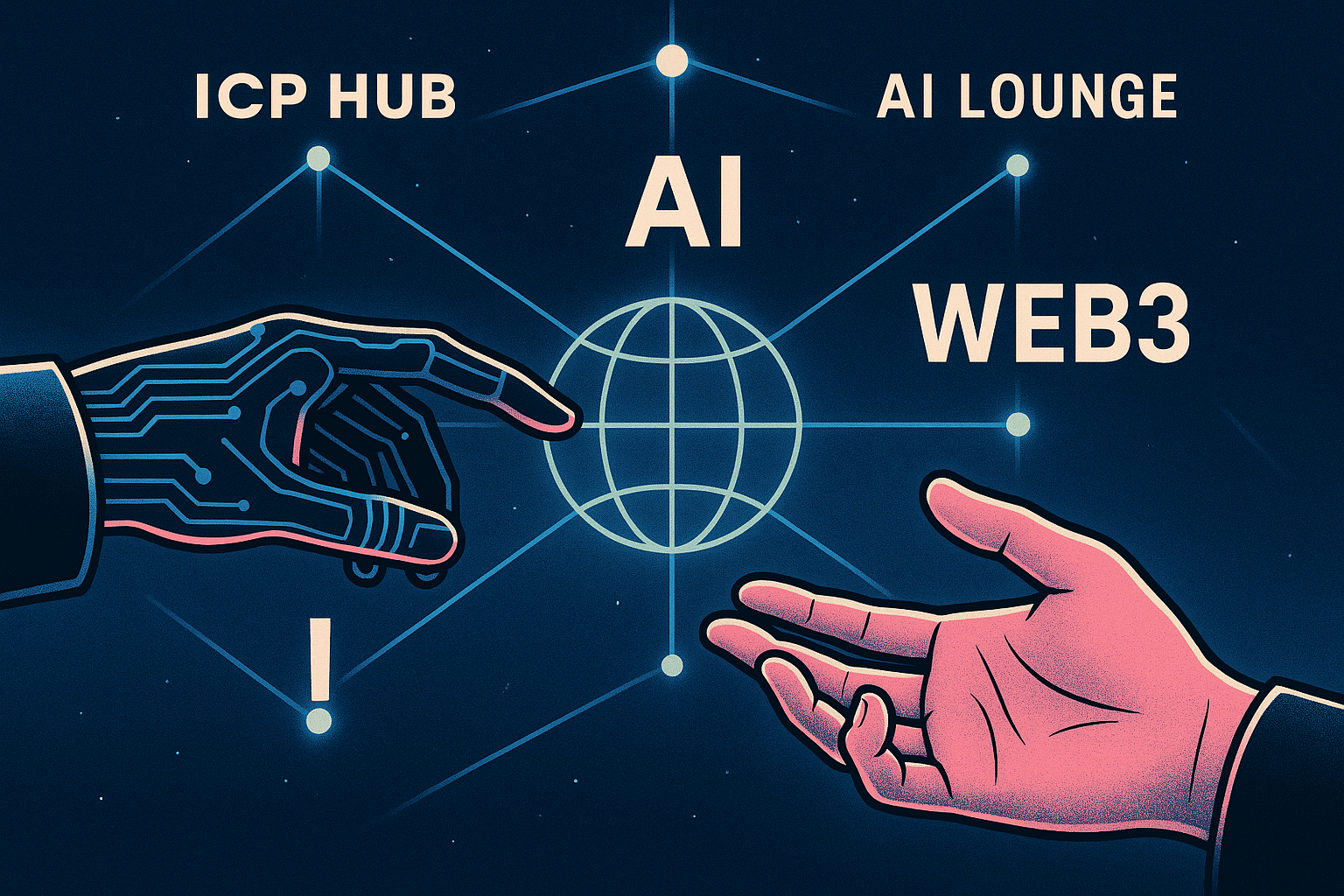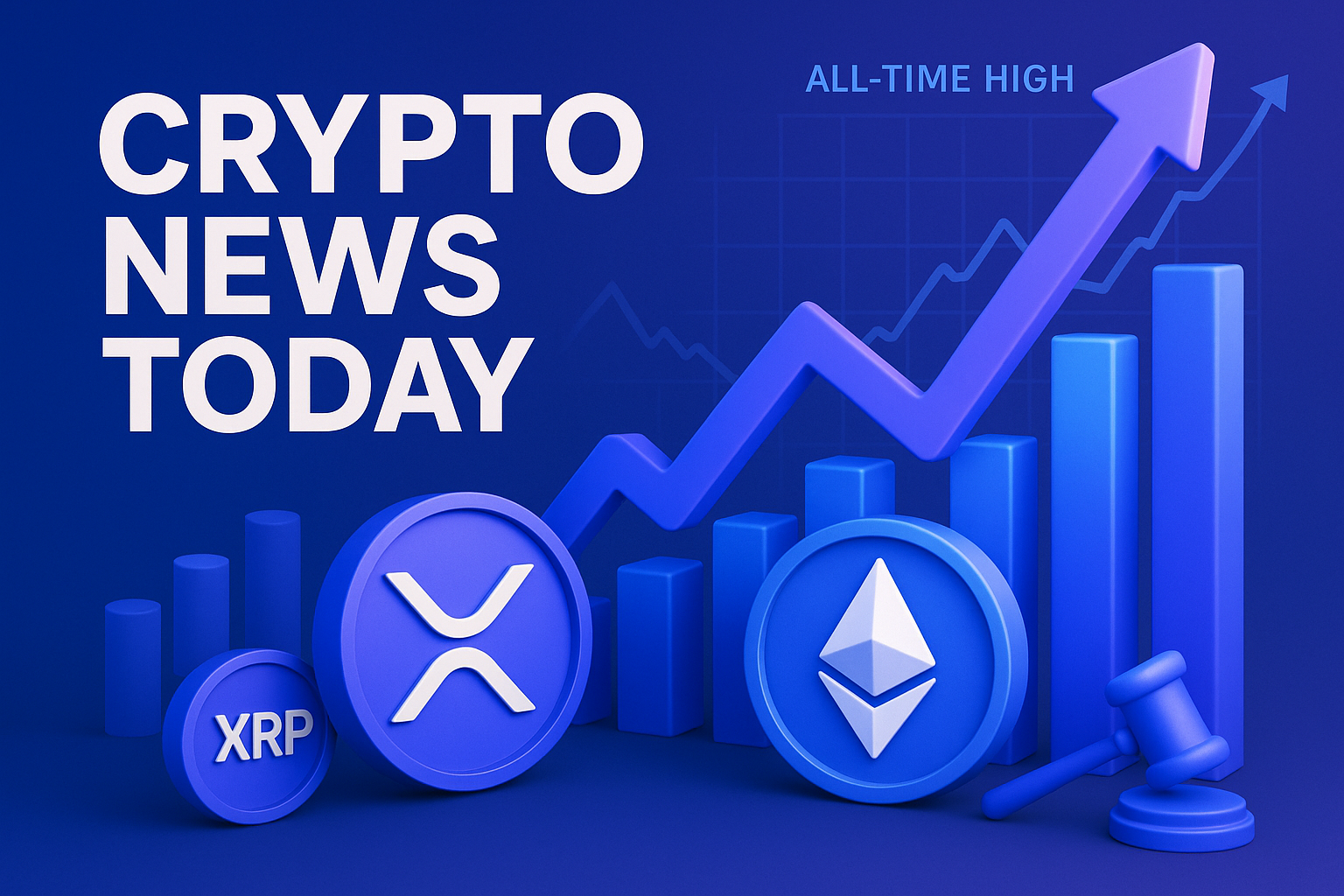Numbers first, feelings later: according to a July survey from Web3 Builders Alliance, 79% of blockchain devs admitted they’ve plugged ChatGPT into at least one smart-contract workflow. Sounds bullish, right? Hold that champagne. During last Friday’s X Spaces session dubbed AI Lounge, hosted by Stefan from ICP Hub Singapore, the panel bluntly asked whether those experiments ever made it past the demo stage.
Here's What Actually Happened
The two-hour audio marathon pulled in 2,810 live listeners—not bad for an Asia-friendly 8 p.m. Singapore slot. Beside Stefan you had:
- Dominic Williams – Founder of the Internet Computer (ICP), dialing in from Zurich
- Dr. Ben Goertzel – SingularityNET and AGIX dad, fresh off a red-eye from Token2049
- Sandy Carter – Unstoppable Domains COO, forever multitasking on three screens
- Elena Sinelnikova – Metis DAO co-founder, waving the Layer-2 flag
- Ryan Selkis – Messari CEO, who jumped in mid-way with a 12-tweet thread’s worth of stats
I’m not entirely sure how Stefan kept the mic hand-offs smooth across four time zones, but he did. The vibe oscillated between “TED Talk” and “late-night hacker Discord.”
Trading Volumes vs. Vaporware
Selkis came armed with hard numbers. Messari’s tracker shows that AI-tagged crypto tokens turned over $2.7 billion in volume last month—a 42% drop from April’s ChatGPT mania peak. Yet the same dashboard lists only 11 projects with working mainnets. Williams dead-panned: “That ratio screams 2017 ICO nostalgia.” Ouch.
He isn’t wrong. If you chart the cumulative GitHub commits (Selkis did, see the screenshot he pinned in the Space), the curve flatlines after May. The number of net-new devs touching AI x Web3 repos fell from 304 in March to just 97 in August. Somewhere, a sentiment analyst is drawing sad emoji on a Bloomberg terminal.
Wait, Is Anything Shipping?
Now for the good news—two projects showcased actual deployments:
- ICP’s Bitbot. It’s a canary release of on-chain inference where chat prompts hit a WASM canister instead of an AWS endpoint. The beta only answers Internet Computer FAQs for now, but the latency chart Stefan flashed (median 580 ms) beat my own OpenAI key by half a second. Color me intrigued.
- SingularityNET’s Rejuve. Goertzel claimed they’ve logged 23,000 genomic data NFTs since May, paying participants in RJV tokens to train longevity models. He straight-up admitted the model “still sucks at predicting telomere length,” but at least the pipeline exists.
Everything else felt... aspirational. Carter spoke passionately about AI-verified digital identities but conceded their zero-knowledge proof circuit is “two quarters out.” Sinelnikova teased an AI rollup sequencer that would optimize gas in real time, yet the demo video showed only a fancy Grafana dashboard. I get it—roadmaps are hard, but the gap between decks and deployments remains glaring.
Quick Price Check (Because We’re All Degens Here)
While the Space was live, ICP traded flat near $4.87, still 9% up on the week thanks to DFINITY’s earlier SDK release. AGIX printed a mini-pump from $0.20 to $0.23 during Goertzel’s segment—Twitter algos doing their thing. MEME-ish AI coins like FET and ALI barely twitched. Nothing earth-shattering, but it was fun watching TradingView candles with the speaker audio in my earbuds.
The Elephant: Does On-Chain AI Even Make Sense?
Williams dropped a spicy analogy:
“Running GPT-4 weights on Ethereum is like trying to stream Netflix through a garden hose.”His thesis: most AI will stay off-chain; the blockchain just handles ownership, provenance, and payment rails. Goertzel half-agreed but argued decentralized inference markets—think GPU owners staking collateral—could outprice centralized clouds by 2026. I found myself nodding, then doubting, then shrugging. Honestly, the cost curves are still fuzzy.
Selkis chimed in with a back-of-the-napkin comparison: AWS g4dn.xlarge (one T4 GPU) goes for $0.526/hr. Akash’s decentralized marketplace listed a similar GPU at $0.42/hr last Thursday. Not a game-changer yet, but the delta is shrinking. If electricity prices wobble—Germany’s spiked 13% this quarter—those economics could flip.
Reality Check on Data Sovereignty
I loved Carter’s anecdote about a K-pop fan DAO demanding royalties whenever their TikTok clips train someone’s dance-move model. Sounds niche until you remember TikTok hit 1.1 billion MAUs this summer. The fan DAO wants NFT receipts every time their footage enters a dataset. Wild? Maybe. But it spotlights the coming turf war over user-generated data. Blockchains, with their immutable ledgers, might be the only referee both creators and models can trust.
Tangential Rant: Remember the Cloud Credits Bubble?
Listening to GPU-rental pitches gave me flashbacks to 2014 when startups hoarded AWS promo codes like Do Kwon hoarded lunar metaphors. Back then, nobody worried about real margins because coupons obscured costs. Fast-forward to AI x Web3: substitute cloud credits with yield farming incentives. Same dopamine, different epoch.
If I Had to Bet My Bag
Personal take—no financial advice, yada yada: protocols that treat AI as just another buyer of block-space feel sturdier than moon-shot “fully on-chain AGI.” Think of Filecoin’s data market or Render’s GPU pool. ICP’s canister model slots neatly here. The L1s chasing buzzword fusion risk becoming Franken-chains nobody uses once hype decays.
Why This Matters for Your Portfolio
Even if half these projects fizzle, the other half could rewire how models source data and how GPUs earn yield. That’s an addressable market bigger than DeFi TVL. IDC projects $407 billion in AI spend by 2027. If blockchain carves out even 2%, you’re staring at an $8 billion niche—roughly the market cap of all AI-tagged tokens combined today. The math whispers asymmetric upside.
Where the Panel Agreed (Sort Of)
- Open models win. Closed-source LLMs can’t be audited for bias or hallucinations; transparent weights align with Web3’s ethos.
- Incentives matter. Pay data providers and GPU owners fairly, or they migrate to TradFi clouds.
- UX is still terrible. Signing a message in MetaMask mid-Zoom call to access a model? Nah, normal users bounce.
- Regulation looms. EU’s AI Act could force provenance disclosures, making on-chain tracking less optional.
Stuff I’m Still Confused About
I’ll be honest—bridging giant model weights into a deterministic blockchain environment hurts my brain. Also, how do you version-control an LLM that fine-tunes daily? Git-hashing 175 billion parameters sounds like career-ending disk usage. If anyone has a clean solution, my DMs are open.
Closing Candle and Open Questions
The Space ended with Williams promising an on-chain Stable Diffusion demo “within six weeks.” If that ships and inference latency stays sub-second, we might witness the first credible proof that AI workloads belong on a smart-contract layer. Or we’ll get yet another Discord bot that crashes under load. I genuinely don’t know, but I’ll be refreshing GitHub like a caffeinated monkey.
The recording hit 11,400 replays within 24 hours—decent signal that the crowd still cares. Whether the code follows the chatter is the trillion-parameter question.



